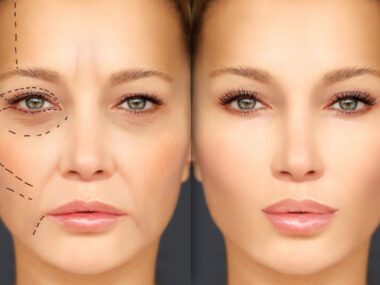Shaving is a common personal hygiene practice, primarily associated with maintaining facial hair for many individuals, although it can extend to other areas of the body. It involves using a razor or electric shaver to remove unwanted hair from the skin’s surface.
Facial Shaving
- Men typically shave their facial hair, whether it’s a clean shave or maintaining a beard, mustache, or stubble.
- Women may also engage in facial shaving, especially for removing peach fuzz or shaping eyebrows.
Body Shaving
- Body shaving includes removing hair from areas such as the legs, underarms, chest, and back.
- Some people choose to shave their entire bodies for various reasons, including aesthetics or athletic performance.

Hygiene and Grooming
- Shaving can contribute to personal hygiene by reducing the buildup of sweat and odor, as well as preventing the trapping of bacteria and debris in facial or body hair.
- Clean-shaven faces can make it easier to wear masks or respirators effectively, which is crucial in certain professions or during health emergencies.
Skin Care
- Proper skin care before and after shaving is essential to prevent skin irritation, razor burn, ingrown hairs, and other skin issues.
- Pre-shave preparation may involve exfoliating and softening the skin, and post-shave care often includes moisturizing.
Choice of Razors
- There are various types of razors available, such as disposable razors, safety razors, cartridge razors, and electric shavers.
- The choice of razor may depend on individual preferences, skin sensitivity, and the area being shaved.
Shaving Techniques
- Proper shaving techniques, like using a sharp blade, shaving in the direction of hair growth, and not pressing too hard, can reduce the risk of nicks and irritation.
- Shaving gel or cream is often used to lubricate the skin and improve the glide of the razor.
Maintenance
- Razors need regular maintenance to ensure they remain effective and hygienic. This includes cleaning and replacing blades as needed.
Safety and Hygiene
- Shaving equipment, such as razors and trimmers, should be kept clean and not shared to prevent the spread of infections.
- Proper disposal of disposable razors and recycling of used blades is also important.
Personal Choice
- Shaving is a personal choice, and individuals decide how they want to groom themselves based on cultural, social, and personal preferences.
- Some people choose not to shave and embrace natural body hair, while others may prefer regular grooming.
Special Considerations
- Certain medical conditions or skin sensitivities may require adjustments in shaving practices, or individuals may need to consult with a dermatologist for guidance.
- Some individuals may have specific grooming requirements for their professions or activities, such as athletes, performers, or military personnel.
In summary, shaving is a common personal hygiene practice that involves removing unwanted hair from the face and body. Proper shaving techniques and skin care are essential to maintain healthy, irritation-free skin.
Personal choices regarding shaving can vary widely, and it’s important to prioritize safety and hygiene when engaging in this grooming practice.










